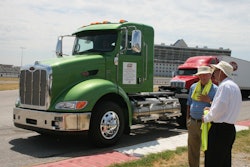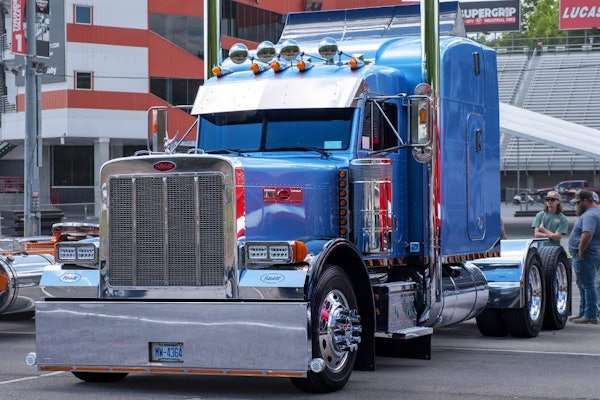One “think tank” analyst thinks so.
Sandeep Kar, global director, commercial vehicle research for Frost & Sullivan, a research group that concentrates on global infrastructure and transportation issues, said a number of regional and global trends, including seismic shifts in global demographics and urban relocation, regulatory and environmental trends as well as ever-rising fuel prices are creating an environment in which manufacturers in countries like India, China, Russia, Italy and Korea may soon find a niche providing low-cost medium-duty trucks to the North American market.
Some of these trucks will be new designs never seen here before, including a breed of “mini trucks” specifically designed for specialized delivery in increasingly congested inner cities.
Speaking at the Commercial Vehicle Outlook Conference, held in conjunction with the Great American Truck Show in Dallas Aug. 24, Kar said he believes that current demographic trends point to the growth of “ring cities” and “mega-cities,” mega-regions” and “mega-corridors” over the next several years that will dictate fleets buying different types of commercial vehicles designed specifically for delivery operations in each type of these new urban environments.

“We’ll see increasingly see situations where large trucks will deliver warehouses and distribution centers on the edge of three-ringed cities such as London is today,” Kar explains. “From there, specialized vehicles will take those goods on into the secondary ring, where many city residents live and work. And even smaller vehicles will deliver goods into a city’s congested core area.”
Beyond the physical dimensions these new truck designs will offer fleets of the future, Kar believes that market forces today have created an environment in which many fleets – particularly those operating medium-duty and light-duty vehicles in delivery applications – are open to experimenting with low-cost foreign models in an effort to mitigate ever-increasing vehicle acquisition costs.
Those market forces are so strong, Kar says, that in a mere five years’ time — by 2016 — he believes there will be 29 new manufacturers selling low-cost truck. And none of these 29 manufacturers are currently participating in the North American market. “This is an opportunity disguised as a threat,” Kar told conference attendees, consisting of manufacturers, suppliers, fleet owners and maintenance managers from the U.S., Canada and Mexico. “This will be a global movement with China being the biggest slice of the pie. And to penetrate those markets successfully, U.S. manufacturers will have to be able to go to market with their own low-cost trucks.”
Kar defines a “low-cost” truck as a vehicle that sells for 20 to 25 percent less than a current, new low-cab-forward commercial vehicle today. And he notes that in the U.S. today, there are virtually no truck models available for sale in that price bandwidth. “This tremendous pricing gap today is and will attract truck-makers from all over the globe,” he notes. “And it demands a response from U.S. truck manufacturers today.”
Kar notes that moving into the North American market will not be easy for foreign manufacturers with unknown reputations for reliability. Although he says that recent inroads in the auto industry by foreign brands have lowered that hurdle somewhat. “The key will be not to build cheap trucks,” he says. “But rather to build good trucks cheaply.”
To that end, he notes, foreign manufacturers such as India’s Tata, will use North American suppliers such as Cummins, ZF and Hendrickson to build their trucks.
“They will use their low-cost manufacturing capabilities combined with North American engineering expertise to create reliable, economical medium-duty commercial vehicles that will sell for $70,000 or $80,000,” he says. “These trucks will be much more basic than models today, with manual transmissions and smaller engines. And they probably won’t have a second (used) life. But they will be a very inviting option for fleets operating on increasingly thin profit margins and dealing with ever increasing fuel prices.”













